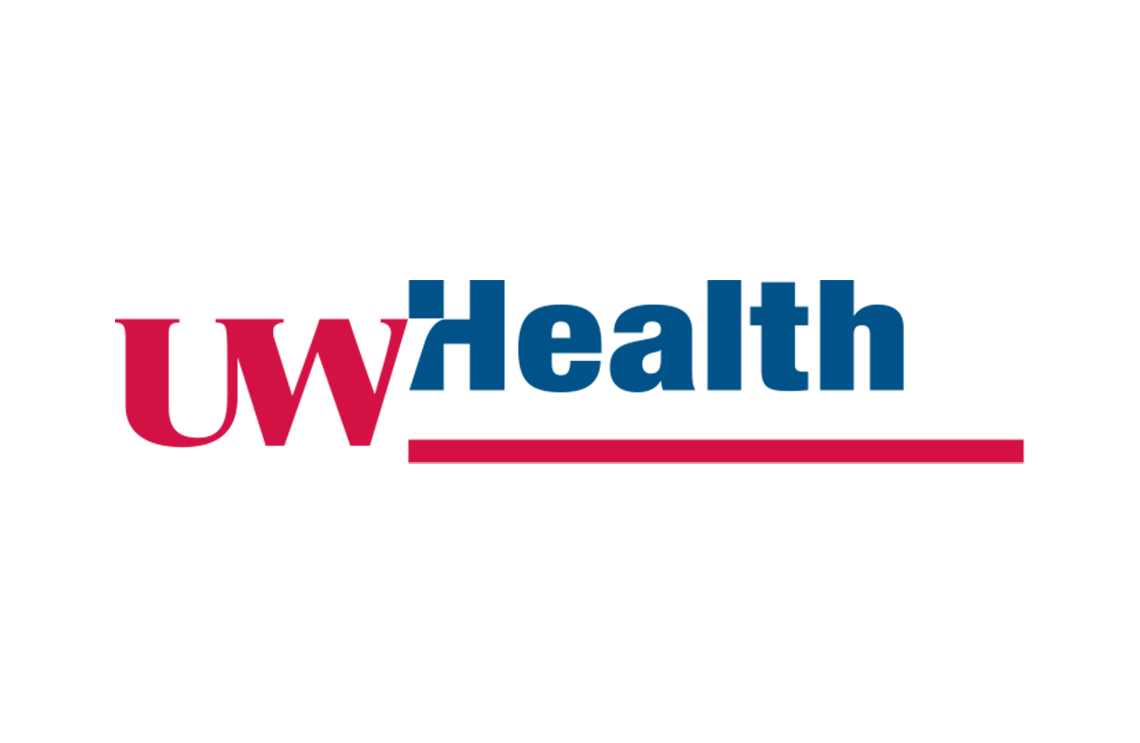UW Health lowers energy intensity by 25%

UW Health quietly pushed forward since its 2017’s big achievement in LEED Gold for the American Center, a first for Wisconsin and one of 17 in the United States. Commitments to continue conservation have increased with formal targets in water intensity reduction by 5% across the portfolio of buildings, having seven buildings that meet or exceed the EnergyStar score of 75, all while completing direct and indirect (scope I and scope II) emissions inventory that account for fleet vehicles, anesthetic gas, energy utility purchases, and more.
“Our highly engaged staff is key to our success,” says Mary Evers Statz, UW Health’s director of energy management and sustainability. “Our sustainability team reaches across the entire system to look for ways to improve.”
Ask other members of Practice Greenhealth who are making their way through the Greenhouse Gas (GHG) Reduction Toolkit, embarking on this formal journey of reduction is not an overnight task, but the UW Health has been taking extra steps to understand the detailed process involved with measuring and reducing energy usage and the byproducts of emissions. The health system was highlighted in the Anesthetic Gas Toolkit for its elimination of desflurane, an anesthetic gas with its emissions accounting for 51% of operating room GHG emissions. The system saved an impressive $20,000 a month after eliminating desflurane and lowered emissions by more than 4 million kg of CO2 annually (equal to 875 cars off the road for one year).
With this track record, it doesn’t come as a surprise that UW Health also signed onto the Department of Energy’s Better Buildings Challenge, which calls for a 20% reduction by 2020 with a 2013 baseline year for UW Health. However, UW Health was able to achieve this target reduction in 2017 (well ahead of the 2020 goal), thanks to a phased approach in reduction with auditing and retro-commissioning in existing parts of the campus by tuning building controls; making upgrades to heating, ventilation, air conditioning (HVAC); and making the switch to efficient lighting with LEDs.
In recognition of achieving the Better Buildings goal, UW Health is extending their commitment to reducing energy use by 30% from its baseline in 2013 by 2022.
This work didn’t stop there. UW Health has a forum for staff to get involved. Evers Statz has been working with committees and leadership to advance sustainability best practices. Dr. Karin Zuegge, medical director of sustainability, has been engaging clinicians and pushing reduction by making changes in operating rooms. During CleanMed 2019, Zuegge presented during two sessions (Greening the OR? Behavioral science to the rescue and General anesthetic controversies: TIVA or gas?) and is also known for taking medical plastics and turning them into art, which are on display at the UW Health campus.
UW Health has also been getting competitive with Practice Greenhealth’s benchmarking data and excelling in a variety of key performance indicators and metrics. Like many other Practice Greenhealth members, UW Health is keeping focused on reductions across the broad, and if we’ve learned anything from this past performance, we can expect the momentum to continue.
To find out more about this progress from UW Health and the Better Buildings Challenge, join us for a free Practice Greenhealth webinar that features this specific aspect of their journey at 1 p.m. ET Sept. 17.
Join Practice Greenhealth
Practice Greenhealth is the health care sector’s go-to source for information, tools, data, resources, and expert technical support on sustainability initiatives that help hospitals and health systems meet their health, financial, and community goals.
